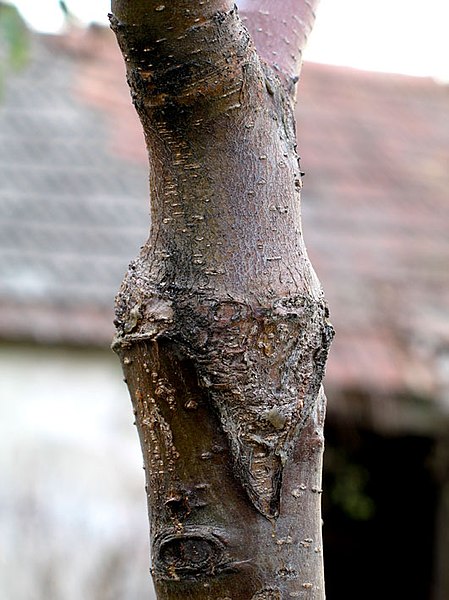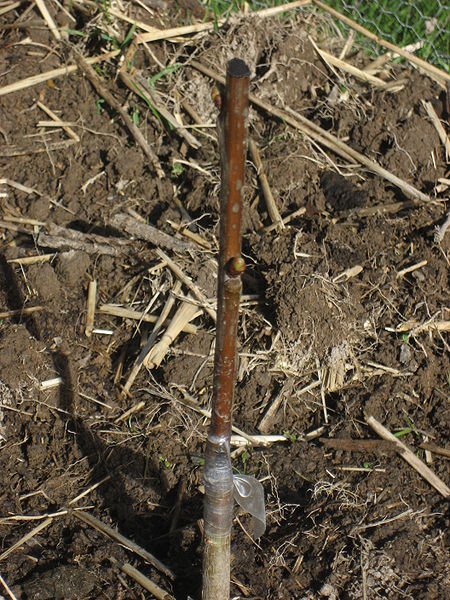A cultivar is a kind of cultivated plant that people have selected for desired traits and which retains those traits when propagated. Methods used to propagate cultivars include division, root and stem cuttings, offsets, grafting, tissue culture, or carefully controlled seed production. Most cultivars arise from deliberate human manipulation, but some originate from wild plants that have distinctive characteristics. Cultivar names are chosen according to rules of the International Code of Nomenclature for Cultivated Plants (ICNCP), and not all cultivated plants qualify as cultivars. Horticulturists generally believe the word cultivar was coined as a term meaning "cultivated variety".
Osteospermum 'Pink Whirls' A cultivar selected for its intriguing and colourful flowers
Liberty Hyde Bailey (1858–1954) coined the words cultigen in 1918 and cultivar in 1923.
Bread wheat, Triticum aestivum, is considered a cultigen, and is a distinct species from other wheats according to the biological species concept. Many different cultivars have been created within this cultigen. Many other cultigens are not considered to be distinct species, and can be denominated otherwise.
A cultivar of the orchid genus Oncidium
Grafting or graftage is a horticultural technique whereby tissues of plants are joined so as to continue their growth together. The upper part of the combined plant is called the scion while the lower part is called the rootstock. The success of this joining requires that the vascular tissues grow together. The natural equivalent of this process is inosculation. The technique is most commonly used in asexual propagation of commercially grown plants for the horticultural and agricultural trades. The scion is typically joined to the rootstock at the soil line; however, top work grafting may occur far above this line, leaving an understock consisting of the lower part of the trunk and the root system.
Cherry tree, consolidated "V" graft
Tape has been used to bind the rootstock and scion at the graft, and tar to protect the scion from desiccation.
A grafted tree showing two differently coloured blossoms
Graft particular to plum cherry. The scion is the largest in the plant, due to the imperfect union of the two. It can be seen on the enlarged trunk: this accumulation of starch is an indication of imperfection.








